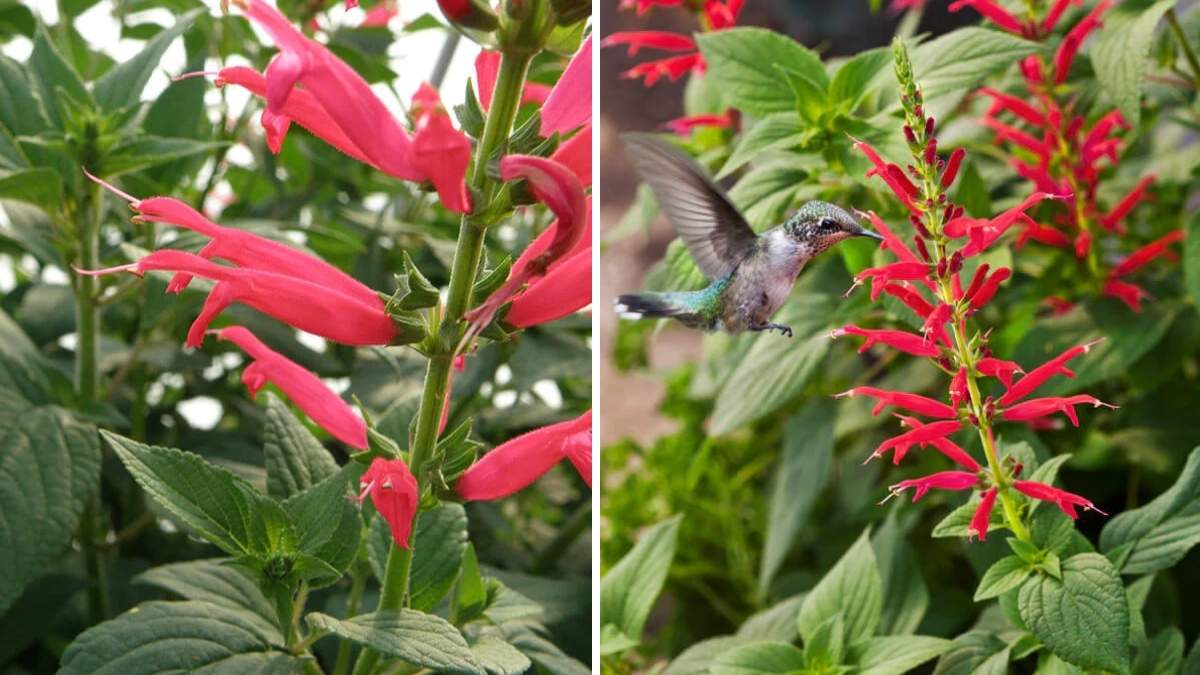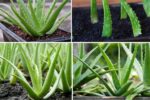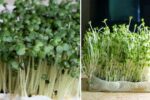Pineapple sage, known for its sweet pineapple-scented leaves and striking red flowers, is a delightful herb that does more than just add beauty and fragrance to your garden. This easy-to-grow plant is a natural magnet for hummingbirds and butterflies, making it a wonderful choice for anyone who wants to bring life and color to their outdoor space. Whether you have a large garden or just a few pots on your balcony, pineapple sage can thrive with a little care and attention. Here’s a complete guide on how to grow it successfully and attract these beautiful pollinators naturally.
What is Pineapple Sage
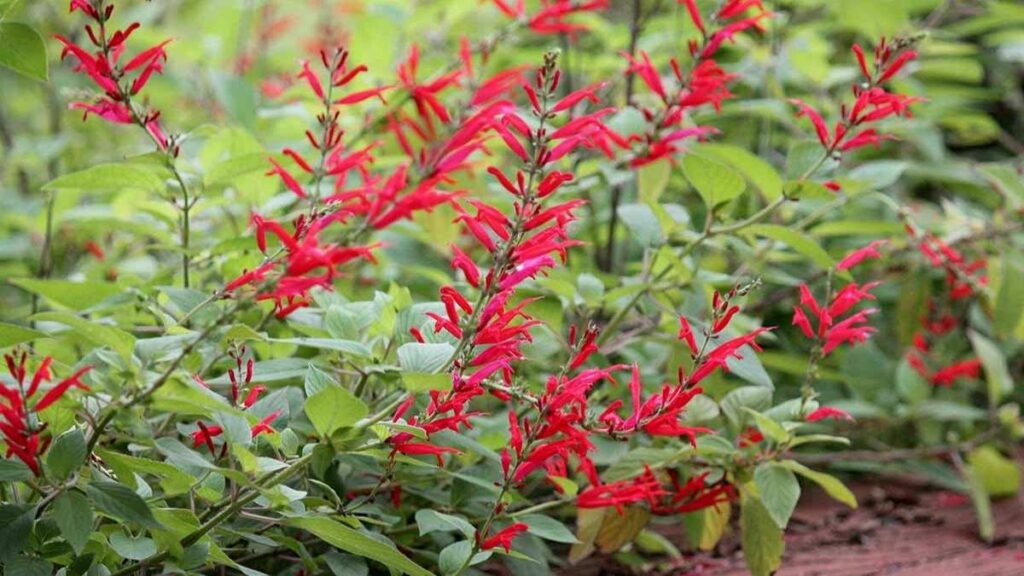
Pineapple sage (Salvia elegans) is a perennial herb native to Mexico and Guatemala. It belongs to the mint family and is well-loved for its bright scarlet flowers and fresh, fruity aroma. In warmer climates, it can grow as a perennial, but in colder regions, it is often treated as an annual. Apart from its beauty, the plant is also used in teas, desserts, and salads for its subtle pineapple flavor.
This herb blooms mainly in late summer to fall when many other flowering plants start fading, providing a vital nectar source for hummingbirds and butterflies preparing for migration. Its timing and color make it an irresistible choice for pollinators.
Choosing the Right Location
To grow pineapple sage successfully, location is everything. This plant thrives in full sunlight, so choose a spot that receives at least six to eight hours of direct sunlight each day. In partial shade, it will still grow, but you might see fewer flowers. The soil should be well-draining and slightly acidic to neutral in pH.
If you’re growing in containers, make sure the pots have good drainage holes. Pineapple sage doesn’t like soggy roots, and too much water can cause root rot. Raised beds or large containers filled with light, loamy soil mixed with compost work best.
Planting Pineapple Sage
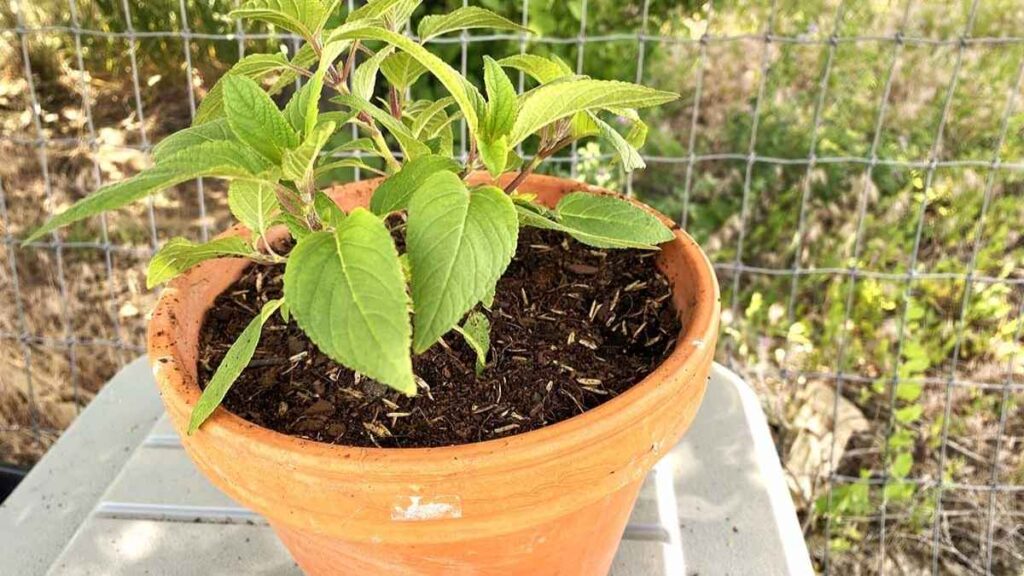
You can start pineapple sage from seeds, cuttings, or nursery-grown plants. If starting from seed, plant them indoors six to eight weeks before the last frost. Seeds should be barely covered with soil and kept moist until germination, which takes around two to three weeks.
For cuttings, take four to six-inch stem tips from a healthy plant in spring or early summer. Remove the lower leaves and place the cuttings in water or moist potting mix until roots appear. Once rooted, transplant them into the garden after all danger of frost has passed.
Space each plant about 18 to 24 inches apart, as pineapple sage can grow up to four feet tall and wide when mature.
Watering and Feeding
Pineapple sage enjoys consistent moisture, especially when young, but it should never be waterlogged. Water deeply when the top inch of soil feels dry. During hot or windy days, it may need more frequent watering. Mulching around the base helps retain soil moisture and keep roots cool.
Feed the plant with a balanced organic fertilizer once a month during the growing season. Too much nitrogen can lead to excessive leaf growth and fewer flowers, so use a mild formula. Compost or well-rotted manure added to the soil at planting time also gives lasting nourishment.
Pruning and Maintenance
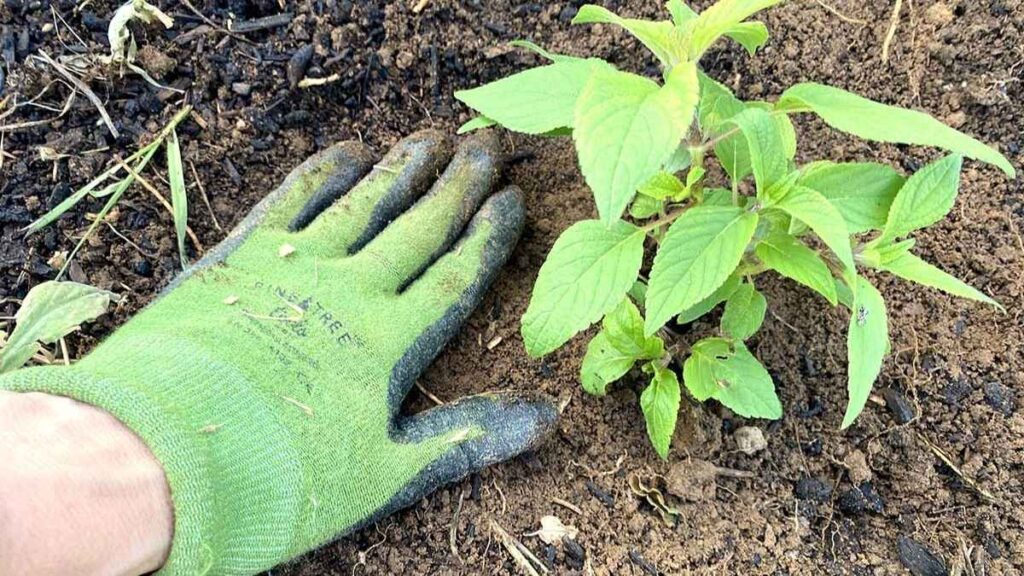
Regular pruning keeps pineapple sage healthy and encourages bushier growth. Pinch back the tips when the plant is young to promote branching. Once it starts blooming, remove faded flowers to encourage continuous flowering.
If you live in a region with frost, prune the plant back to the ground in late fall and cover it with mulch to protect the roots through winter. In warmer climates, prune lightly in early spring to remove dead or damaged stems before new growth begins.
Attracting Hummingbirds and Butterflies
The tubular red flowers of pineapple sage are specially shaped for hummingbirds, which are naturally drawn to the color red. These birds rely on nectar as a major food source, and pineapple sage provides it in abundance. To make your garden even more inviting, plant pineapple sage in groups or near other nectar-rich plants such as bee balm, lantana, or zinnias.
Butterflies also love the sweet nectar of pineapple sage. To attract them naturally, avoid using chemical pesticides, which can harm pollinators. Instead, use organic pest control methods like neem oil or companion planting with herbs such as basil or mint that repel harmful insects.
Provide a shallow water source nearby for butterflies to drink and rest. A simple dish filled with water and pebbles works perfectly.
Propagating for More Plants
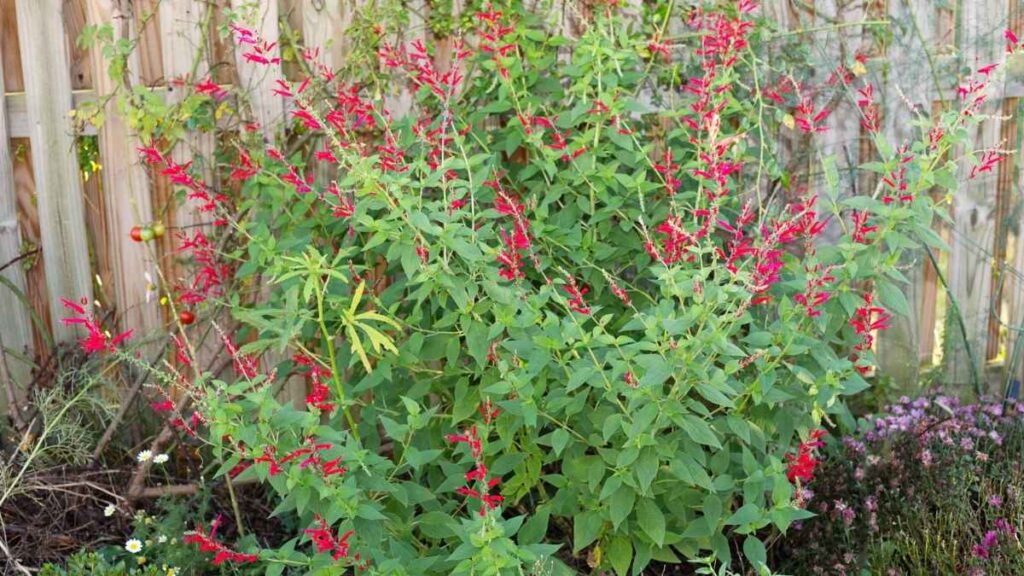
Once you have a healthy pineapple sage plant, it’s easy to propagate more. Softwood cuttings taken in late spring root quickly and can be transplanted into other parts of your garden. This not only expands your pollinator-friendly space but also helps maintain a consistent display of flowers throughout the season.
Overwintering Pineapple Sage
In cooler climates, pineapple sage won’t survive harsh winters outdoors. To save your plant, you can either bring it indoors or take cuttings before frost. If you bring the plant inside, place it in a sunny window and water it sparingly during winter dormancy. In early spring, when new growth starts, you can move it back outside gradually.
Using Pineapple Sage in the Garden
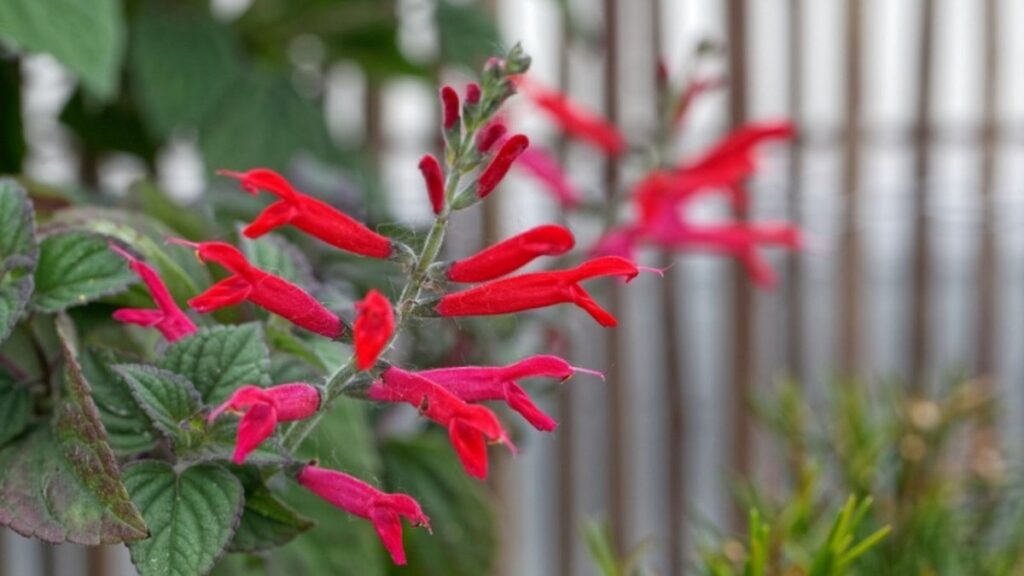
Besides its value for attracting wildlife, pineapple sage makes a lovely ornamental plant. Its bright flowers contrast beautifully with green foliage, and its scent adds a refreshing touch to any garden corner. It pairs well with herbs like lavender, rosemary, and thyme, or with flowering plants that share similar growing needs.
You can also grow it along garden paths where brushing against the leaves releases a sweet fragrance. The flowers are edible and make a colorful garnish for salads, desserts, and drinks.
Conclusion
Growing pineapple sage is a rewarding experience for any gardener who wants to attract hummingbirds and butterflies naturally. With its vibrant red blooms, aromatic foliage, and easy-growing nature, this plant brings both beauty and life to your garden. By providing sunlight, well-drained soil, and organic care, you can enjoy a thriving display of flowers that not only please the eye but also support the delicate balance of nature.
Pineapple sage reminds us that gardening can be both simple and meaningful. With just a few plants, you can create a small sanctuary that nourishes pollinators and fills your outdoor space with movement, color, and the sweet hum of life.
